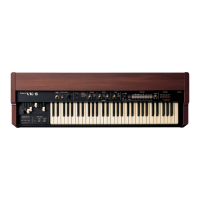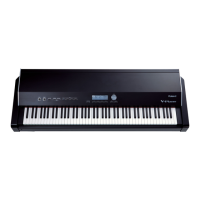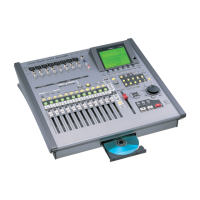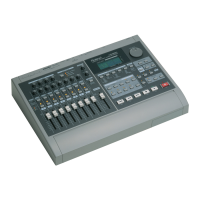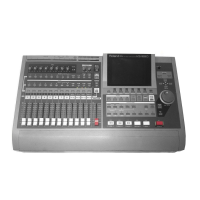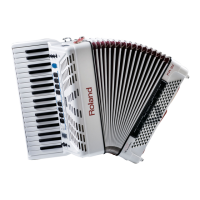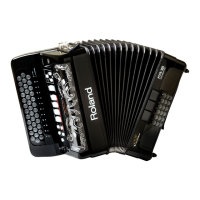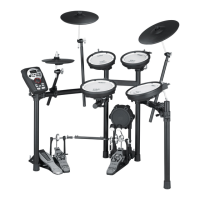Owner’s Manual
Thank you, and congratulations on your choice of the VK-8 combo organ.
Before using this unit, carefully read the sections entitled: “IMPORTANT
SAFETY INSTRUCTIONS” (p. 2), “USING THE UNIT SAFELY” (p. 3,4), and
“IMPORTANT NOTES” (p. 5). These sections provide important information
concerning the proper operation of the unit. Additionally, in order to feel
assured that you have gained a good grasp of every feature provided by
your new unit, owner’s manual should be read in its entirety. The manual
should be saved and kept on hand as a convenient reference.
Conventions Used in This Manual
• Button names are enclosed in square brackets; e.g., [REVERB] button.
• Fractional harmonic bars (p. 24) are expressed like this: 1-1/3'; 2-2/3'.
• [1]–[8] means that you should press one of the buttons from [1]
through [8].
• The dark/lit/blinking status of an indicator is distinguished as
follows.
Copyright© 2002 ROLAND CORPORATION
All rights reserved. No part of this publication may be reproduced in any form
without the written permission of ROLAND CORPORATION.
dark blink lit
